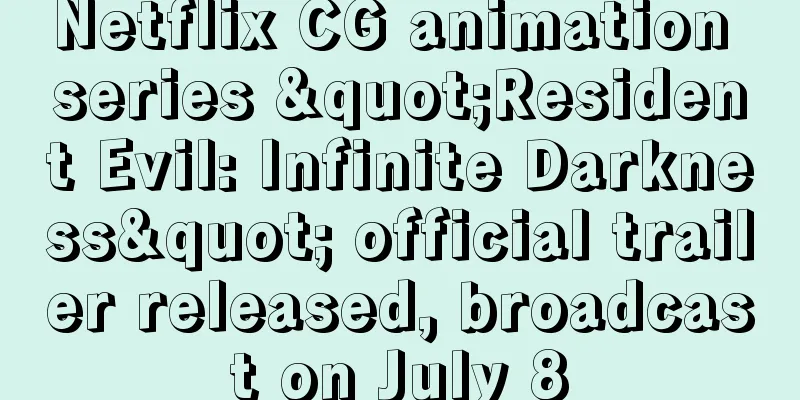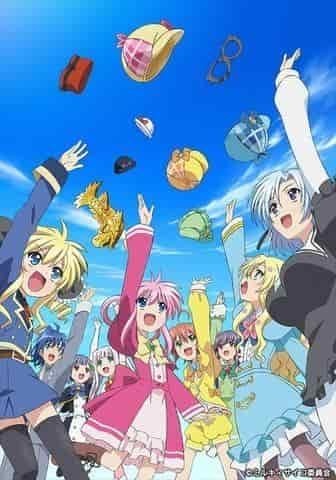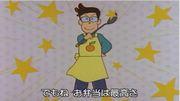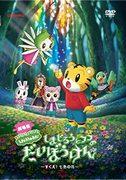A thorough review of episode 11 of season 4 of 'GeGeGe no Kitaro' from the 90s!
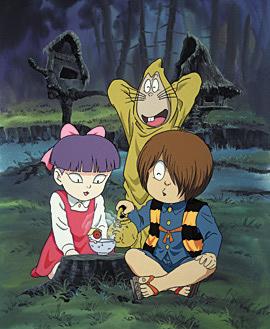
The appeal and evaluation of the fourth season of "GeGeGe no Kitaro" (90's)Gegege no Kitaro is a Japanese anime series based on the original work by Shigeru Mizuki, and the fourth season (90's) is known as a particularly memorable work. This period was broadcast from January 7, 1996 to March 29, 1998, and consisted of a total of 114 episodes. Below, we will explain in detail the appeal and evaluation of this series, as well as the points that we recommend to viewers. Broadcast summary and production backgroundThe fourth season of Gegege no Kitaro aired every Sunday morning on Fuji TV. It was produced by Toei Animation and directed by Daisuke Nishio, Takao Yoshizawa, and Hiroyuki Kakudo. It is based on Shigeru Mizuki's Gegege no Kitaro series and supervised by Mizuki Productions. The series reflects a deep understanding and respect for the yokai culture of the original work, while adding a new interpretation to suit the 90s audience. Main characters and castThe main characters of this series are Kitaro (voiced by Matsuoka Yoko), Medama Oyaji (voiced by Tanonaka Isamu), Ratman (voiced by Chiba Shigeru), and Catgirl (voiced by Nishimura Chinami). These characters bring out the charm of the original work to the fullest, while also adding their own unique personalities to the anime. In particular, Matsuoka Yoko's voice for Kitaro, which combines strength and kindness, has captured the hearts of viewers. Chiba Shigeru's voice for Ratman, which expresses both humor and depth at the same time, has become an important element of the series. Stories and episodesThe story of the fourth season follows the basic pattern of a different monster appearing in each episode and Kitaro and his friends fighting against it, but there are also large arch-stories throughout the series. The following are some particularly memorable episodes:
Animation and MusicThe animation fully demonstrates Toei Animation's technical capabilities, with particular attention to detail in the design and movements of the monsters. Araki Shingo was in charge of character design, respecting the image of the original while creating a unique visual for the anime. The music was also created by Wada Kaoru, with the opening and ending theme songs by Yuugadan. The opening theme, "GeGeGe no Kitaro," in particular, is an important element in further enhancing the atmosphere of the series. Evaluation and impactThe fourth season of Gegege no Kitaro was highly praised by viewers, and is especially memorable for children of the 90s. The story, which skillfully combines a deep understanding of yokai culture with a message for modern society, was popular with both children and adults. This series also had a major influence on the later Gegege no Kitaro series, and is considered a milestone in yokai anime. Recommended pointsThe reasons why we recommend the fourth season of "GeGeGe no Kitaro" are as follows:
summaryThe fourth season of Gegege no Kitaro (90's) is a wonderful work that combines a deep understanding of Yokai culture with attractive characters, a moving story, and beautiful animation and music. It is a memorable work for children of the 90's, and its value has not faded even today. Please watch it once and experience its charm. |
>>: City Hunter Special '96 The Secret Service: Review of attractive characters and a tense story
Recommend
Specializing in farming skills somehow makes you the strongest! Find out the secret of the unexpected growth
"I somehow became stronger by only improving...
The appeal and evaluation of Arata Kangatari: A fusion of myth and adventure
Arata Kangatari: A grand story where another worl...
New cast confirmed for Game of Thrones prequel House of the Dragon
Emma D'Arcy, Olivia Cooke and Matt Smith will...
The World of Kohei Kiyasu Event Screening Version - A thorough analysis of the moving voice actor's performance
The World of Kohei Kiyasu Event Screening Version...
Gal Gadot says it's not necessary! Wonder Woman 2 doesn't use sword and shield
"Wonder Woman 2" officially released th...
The appeal and reviews of Nadia Bonus Theatre: A special episode that fans must see
Nadia Bonus Theater - Nadia Bonus Theater overvie...
Japan's four major publishing houses jointly established a comics original painting museum, which collected 360,000 pieces in 5 years
Last week, Japan's Agency for Cultural Affair...
The third part of the classic "Battle Angel Alita: Chronicles of Mars" will be published for free on January 23
The third installment of the classic manga "...
Kishimoto's original work is re-named and the original script of "Naruto: Naruto Next Generations" is withdrawn
The spiritual sequel to the popular manga "N...
Takashi Miike's new work "The Mole's Song FINAL" is scheduled to be released on November 19
The new film "The Mole's Song FINAL"...
The appeal and reviews of "Ai Mai Mii Surgical Friends": A soothing anime depicting friendship in the operating room
Aimaimy Surgical Friends overview Aimai-mi Surgic...
Paul Rudd talks about what it's like to see Ant-Man drill Thanos' anus
At today's Shanghai media roundtable for &quo...
Foreign media vote: 41 states in the United States support Godzilla to defeat King Kong
With the monster blockbuster "Godzilla vs. K...
"I Can't Sleep Tonight": A Thorough Analysis of the Charm and Emotion of Everyone's Song
"I Can't Sleep Tonight": NHK's ...
007 Captain America's new film "Knives Out" has passed the review and is expected to be introduced into China, but the release date is yet to be determined
According to multiple media reports, the new susp...


